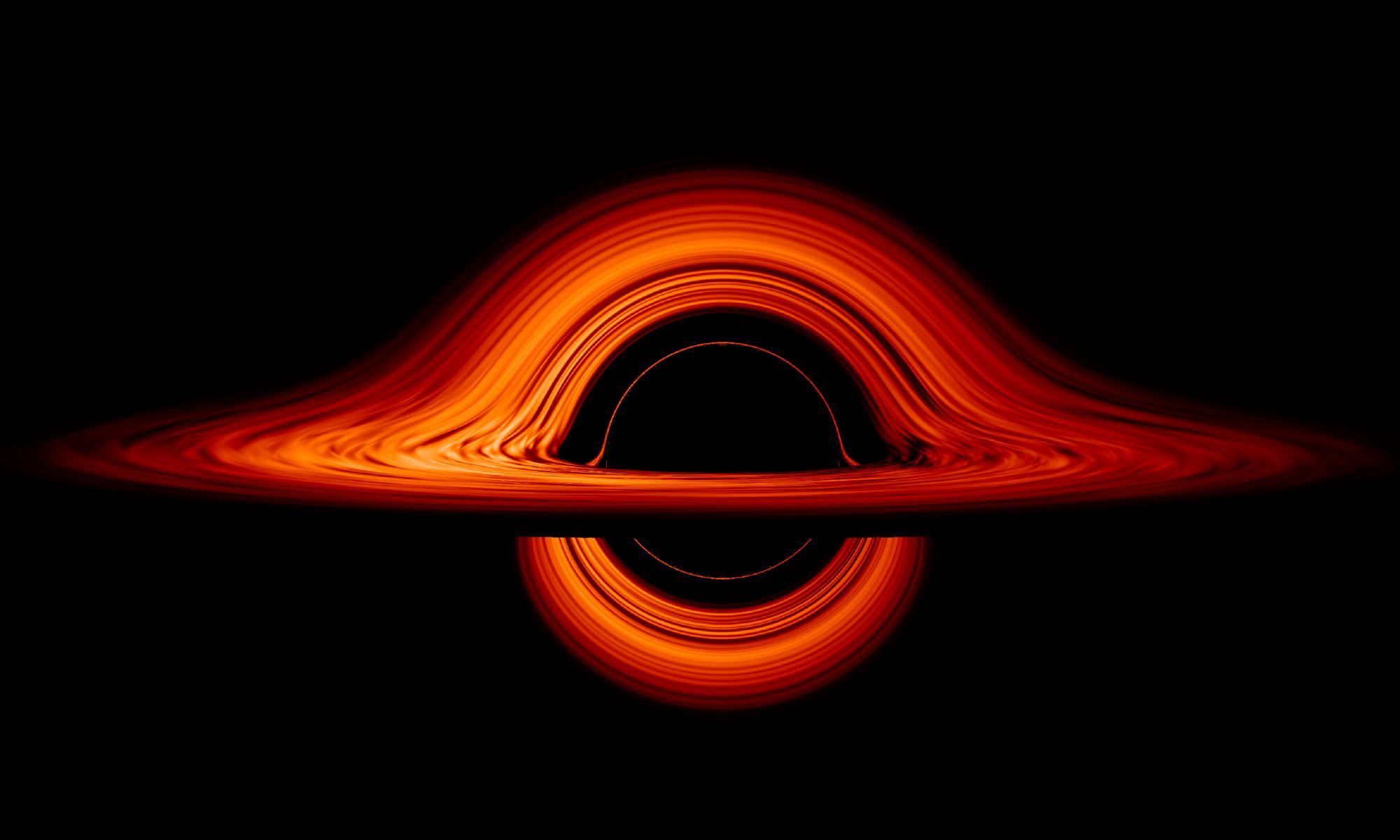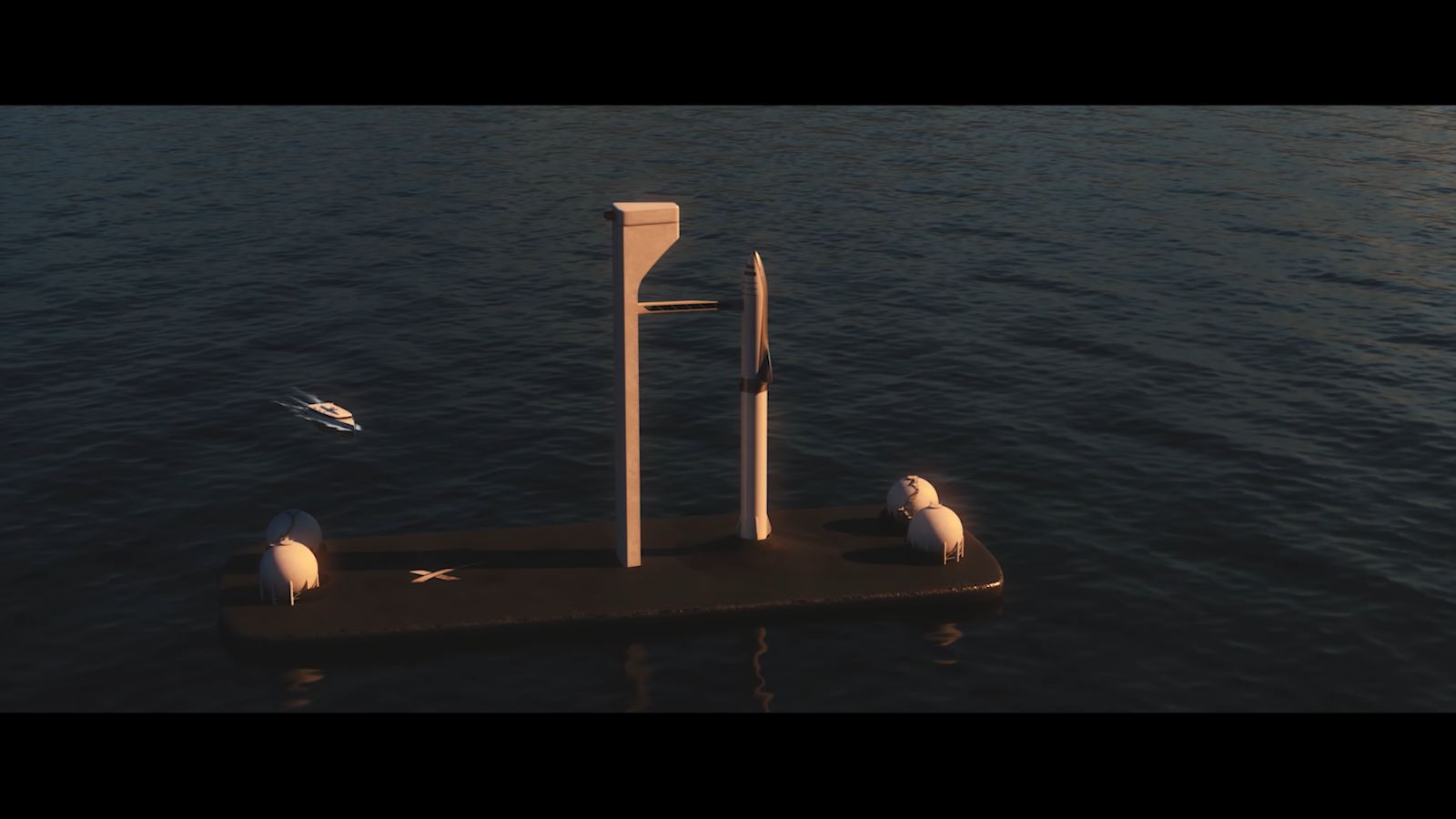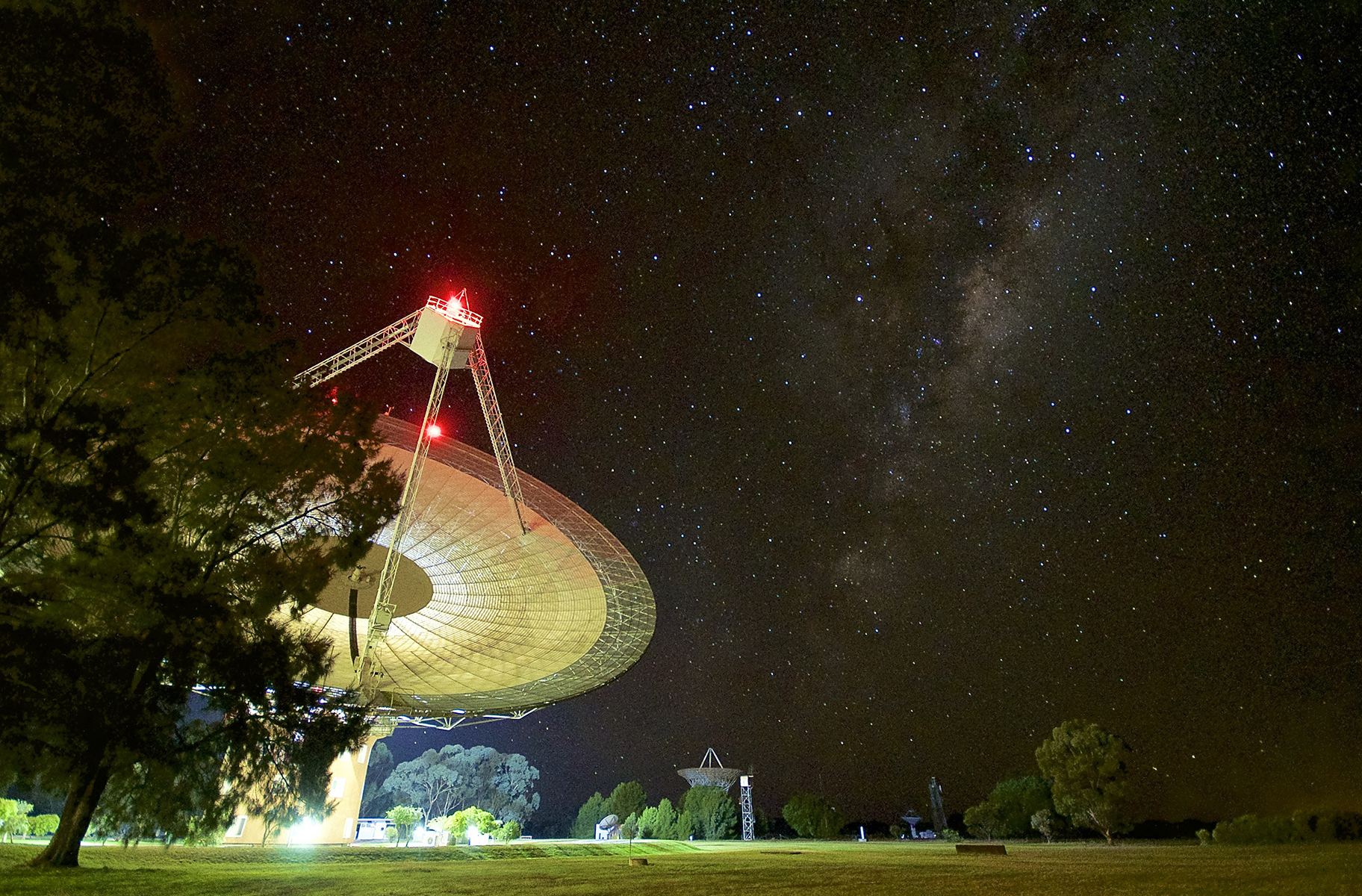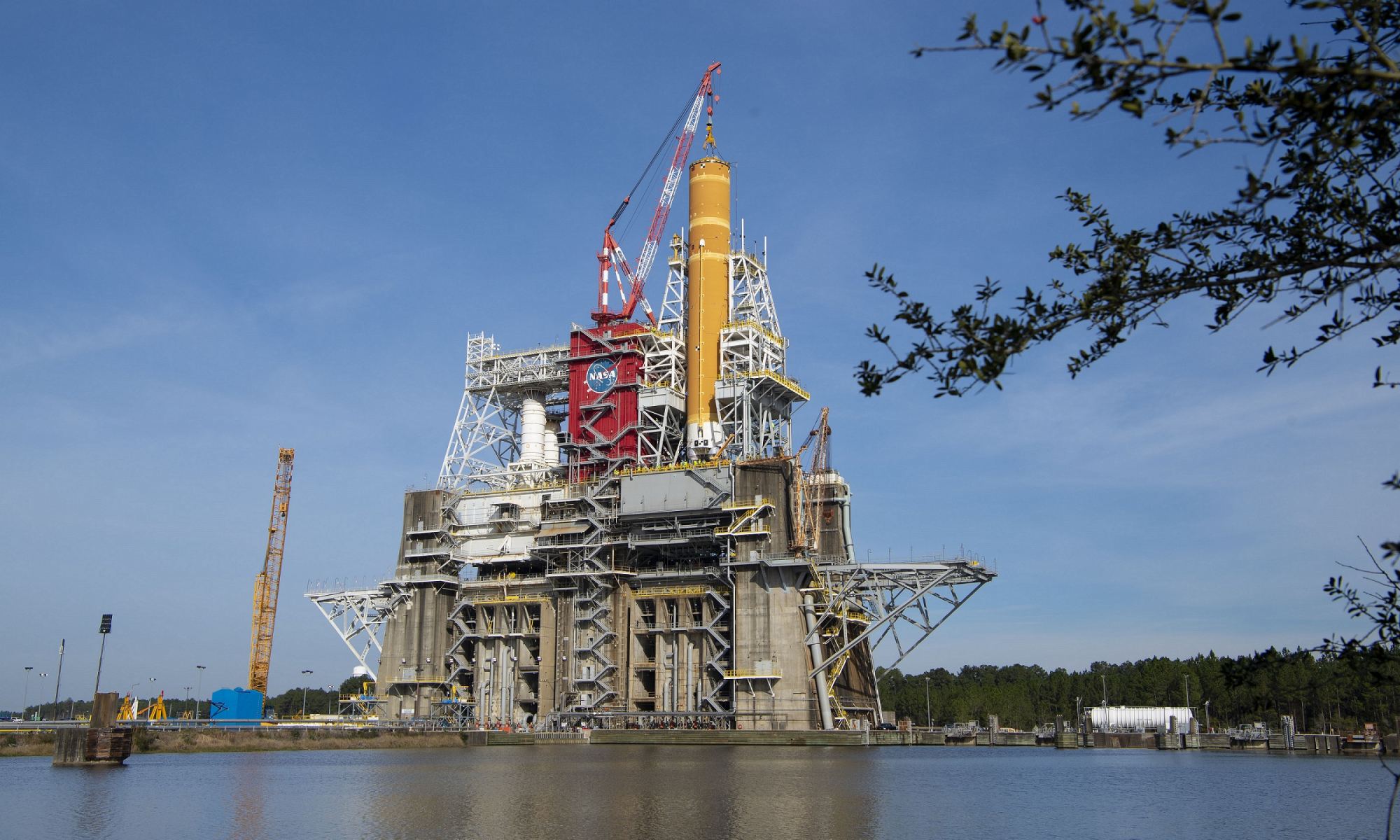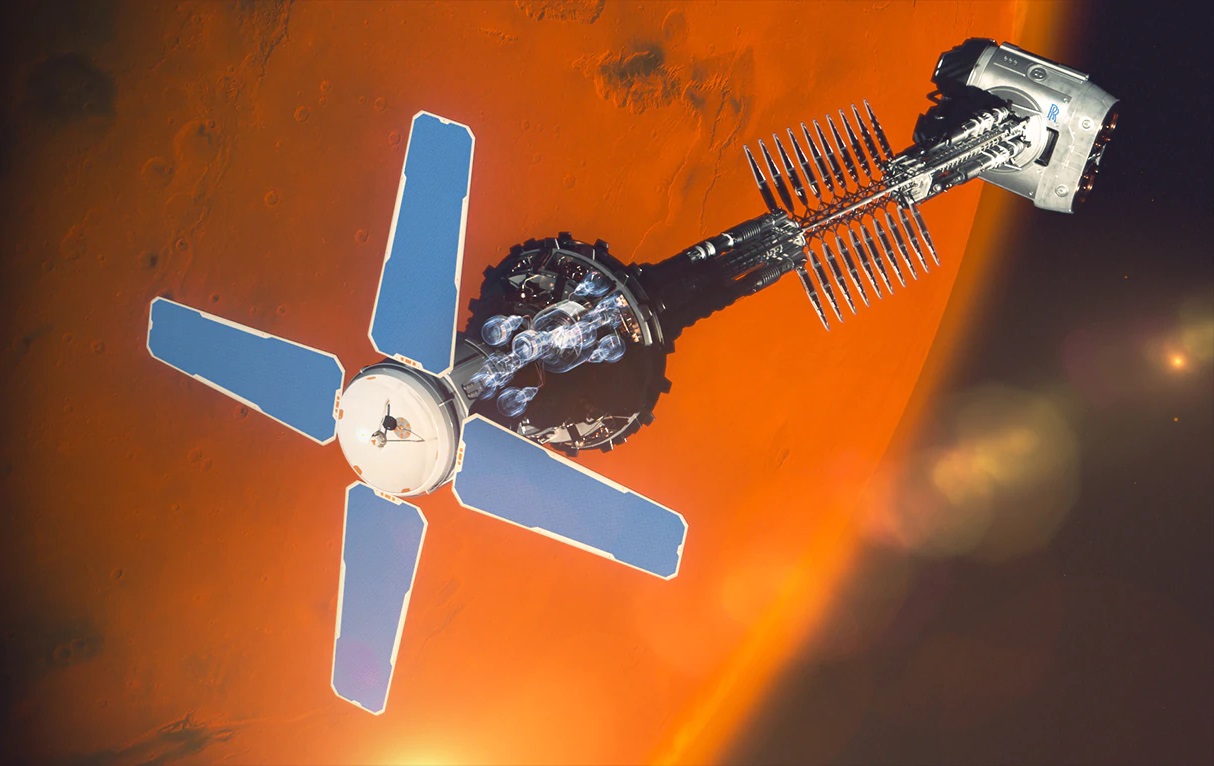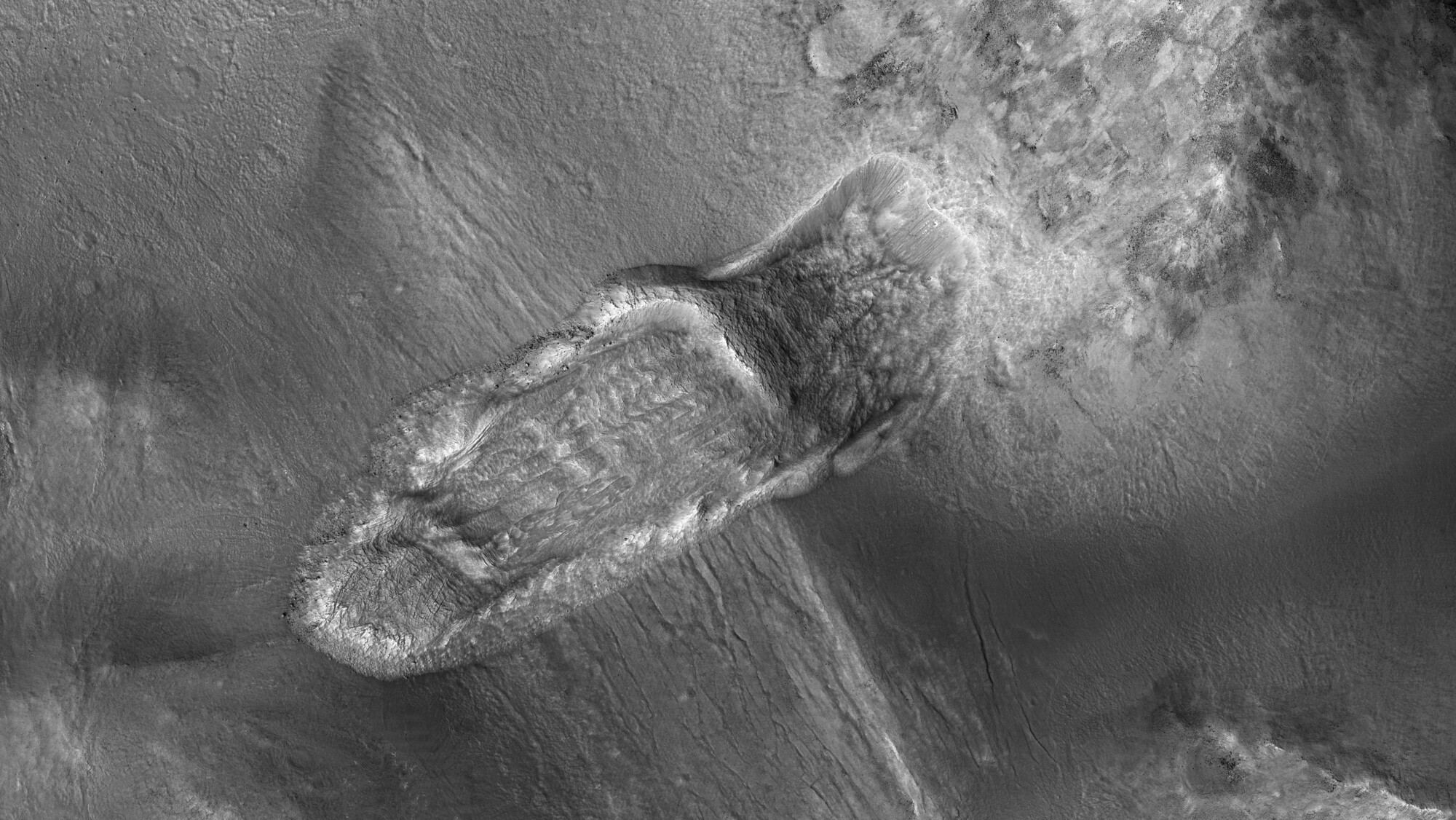A lot has been said, penned, and documented about the famous experiment known as “Biosphere 2” (B2). For anyone whose formative years coincided with the early 90s, this name probably sounds familiar. Since the project launched in 1991, it has been heavily publicized, criticized, and was even the subject of a documentary – titled “Spaceship Earth” – that premiered in May of 2020.
To listen to some of what’s been said about B2 (even after 30 years), one might get the impression that it was a failure that proved human beings cannot live together in a sealed environment for extended periods of time. But in truth, it was a tremendous learning experience, the results of which continue to inform human spaceflight and ecosystem research today. In an era of renewed interplanetary exploration, those lessons are more vital than ever.
This is the purpose behind the Space Analog for the Moon and Mars (SAM²), a new analog experiment led by Kai Staats and John Adams. Along with an international team of specialists, experts from the University of Arizona, and support provided by NASA, the National Geographic Society, and commercial partners, SAM² will validate the systems and technology that will one-day allow for colonies on the Moon, Mars, and beyond.
Continue reading “Space and Sustainability: How the Lessons of Biosphere 2 Inspired SAM²”

